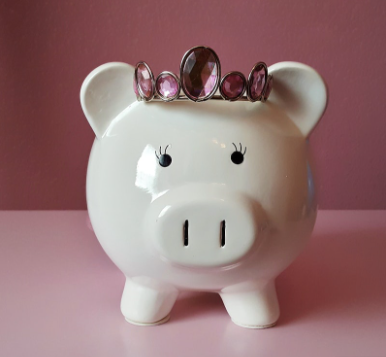The Pink Tax
How students at AHS are affected by the gendered tax.

Google (Creative Commons License)
The Pink Tax refers to the unnecessary price raises for “feminine” items compared to “masculine” items.
January 27, 2023
What is the pink tax? Wikipedia states, “The pink tax refers to the tendency for products marketed specifically toward women to be more expensive than those marketed toward men. This phenomenon is often attributed to gender-based price discrimination, whose name stems from the observation that many of the affected products are pink.”
Or in simpler terms, pink tax: an extra price on products for women or products marketed towards women. The pink tax is something that not many people, including women, notice happens a lot. It isn’t necessarily a real tax put on products by the government, but an extra price added on by the manufacturers of these products. Products for men sometimes cost substantially less or just a few cents less than the same ones just for women. On the World Economic Form, it says that it is found that women’s products are 13 percent more expensive and women’s clothing is 7-8 percent more expensive. These products can range from body wash, razors, and deodorant to vitamins, and even specific clothing items such as socks.
Not only does this “tax” affect products marketed toward women, but it also affects items that generally are pink, such as pink toys for children. For example, a pink toothbrush for toddlers on Amazon is priced at $6.99 while the generically colored one is priced at $6.79. Though it’s only a 20-cent price difference, it’s still an example of how pink items are priced higher. Another example is these baby plush blanket animals that are linked in the text. The pink one is priced at $15.00 and the blue one is $13.04.
Students at AHS have opinions on the “pink tax.” Sophomore J. Molina said they’ve noticed products such as razors and shirts are higher priced when marketed towards women (pink). Molina noticed that women are more willing to buy certain products, even if they cost more, just because they are “trained” to buy them. These items include makeup and purses. “Many people have believed that purses are sold so high to women because women’s jeans generally have very small pockets. You never see anything like that in men’s products,” said Molina.
Sophomore Megan Birge said she found the pink tax to mostly affect things like pads and tampons. Something she has also noticed because she has a younger brother is that children’s toys for girls are higher priced. Clothing for women is also more expensive, she pointed out. “It’s aggravating,” said Birge.









